1. Yellowstone National Park
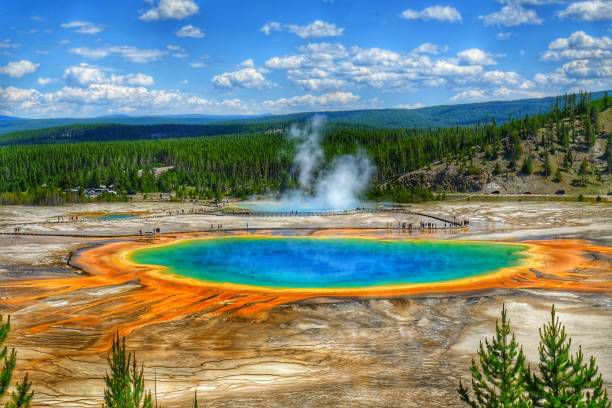
For Yellowstone, one key unwritten rule is stay a respectful distance from wildlife, especially at roadsides. The park’s partner institute lists observing animals from afar, not creating traffic jams by stopping in the road, and using pull-outs for photos as part of their “code of ethics”. Locals know that bison, elk or bears are not props for selfies, they’re wild, and disturbing them or blocking a road can endanger both you and the animal. Practicing calm observation, giving space, and yielding to other cars makes your visit smoother and keeps the park’s wild character intact.
2. Grand Canyon National Park
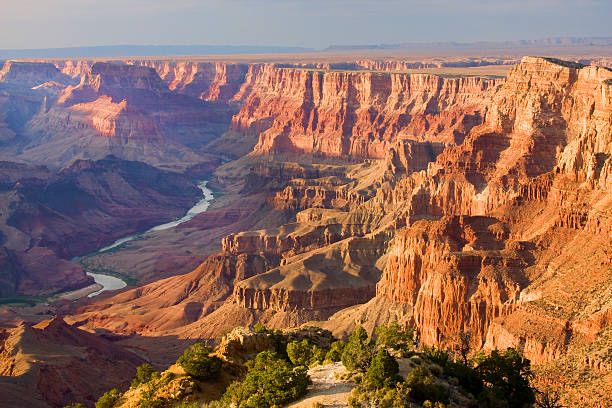
At the Grand Canyon, the unwritten code centres on trail courtesy and respecting the flow of others. The official trail-courtesy guidelines emphasise yielding to uphill hikers, giving space to mule trains, packing out all trash, and preserving the quiet. Locals note that first-time visitors often miss the nuance: don’t just rush to a viewpoint, linger, speak softly, and be mindful of those around you. These actions help preserve the experience of awe and minimise stress on the landscape and other people.
3. Yosemite National Park
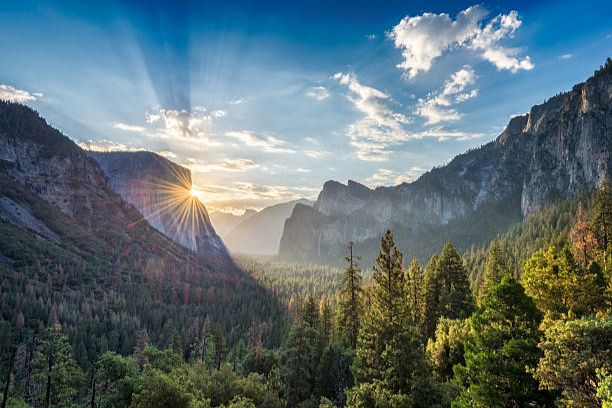
In Yosemite, longtime visitors often follow a quiet rule: hug the viewpoint early and don’t rush off for the “next” photo-op. While I didn’t locate a specific park-sourced code, general national park etiquette (leave no trace, stay on trails, respect wildlife) applies strongly. What this translates to locally: arrive at iconic locations like Glacier Point or Tunnel View early, pause, take in the moment rather than just ticking a box, respect barriers and posted signs. Doing so helps keep the crowds manageable and the environment undamaged.
4. Grand Teton National Park
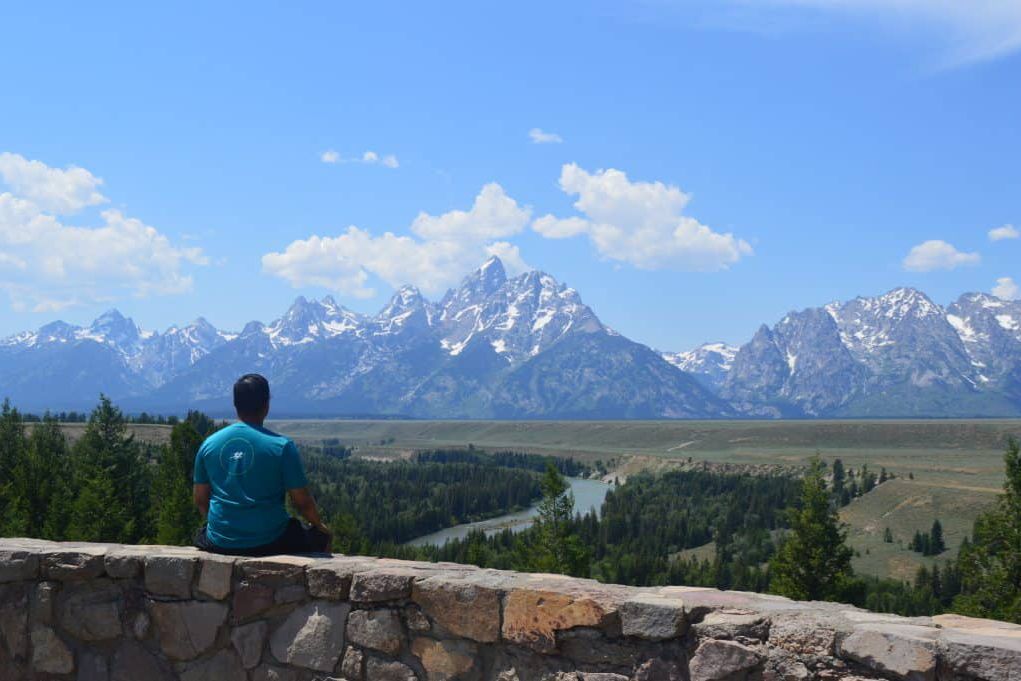
In Grand Teton, the code among locals emphasises quietness and minimal intrusion, when you’re in a boat on Jackson Lake or hiking around Jenny Lake, the rule is to let nature lead the soundtrack, not your stereo or loud chatter. The broader “Respect others” part of the Leave No Trace philosophy supports this. What happens when you follow it: you might catch a silent moment with a moose or hear elk bugling, an experience many locals treasure, and one that gets spoiled when people forget they’re part of that landscape not separate from it.
5. Zion National Park
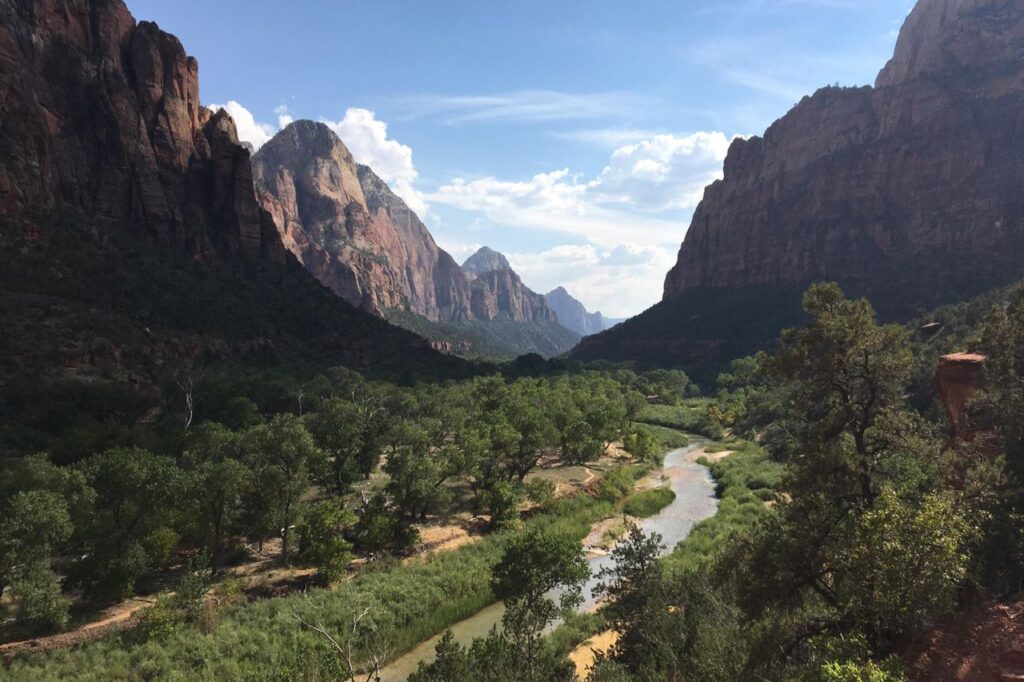
Zion locals tend to abide by a quiet “get off the trail before it gets too crowded” code. Because Zion is compressed and popular, early‐morning starts, moving aside for others on narrow trails, and not forcing wide stops on narrow paths are understood norms. While a specific sourced unwritten code for Zion wasn’t easily found, the trail etiquette standards apply broadly. If you follow this, you’ll avoid bottlenecks at Angels Landing or the Narrows, and help ensure everyone enjoys their hike rather than battling delays.
6. Rocky Mountain National Park

At Rocky Mountain National Park, a locally understood rule is: move slowly in wildlife zones and don’t crowd pull-outs. This universal park etiquette also applies thus: (yield to wildlife, stay on trails, etc.). By adhering to this, you’ll respect elk or bighorn sheep, let other vehicles observe safely, and minimise road congestion. Locals quietly appreciate this and it keeps the experience peaceful and safe.
7. Glacier National Park

In Glacier, the unwritten rule among frequent visitors is arrive early for scenic drives and keep moving once you stop, so you don’t block behind traffic. Also: leave the baskets of wildflowers untouched, what looks like a pretty souvenir can damage fragile alpine plants. This echoes the “leave what you find” part of Leave No Trace. If you follow this rule you’ll fit in seamlessly with locals and help protect those fragile zones for next time.
8. Acadia National Park
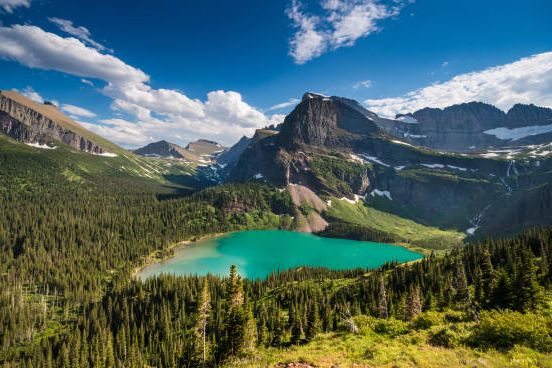
In Acadia, there’s a subtle expectation: don’t build extra cairns or knock over existing rock markers just for fun. One widely cited piece of park etiquette mentions that building or toppling cairns interferes with navigation and the environment. Locals know that messing with those rock stacks can cause erosion and confuse hikers, so they quietly abide by “leave no trace” and let the trail speak for itself.
9. Denali National Park

In Denali, the code is to respect spacing, between vehicles, between hikers, between yourself and the wilderness. For example, drive at or under posted speed, yield when appropriate, and avoid “selfie traffic jams”. The general norms (from a national park etiquette article) highlight these concerns. Locals often plan their days early, pick less-crowded spots, keep vehicles off the road when wildlife appear, and watch their impact. Doing the same helps maintain the sense of isolation and wildness Denali is famed for.
10. Joshua Tree National Park

At Joshua Tree, frequent visitors follow the rule: stick to designated roads and parking, no off-roading or stopping where you shouldn’t. The broader etiquette list warns against driving off designated roads or parking where it’s prohibited. Locals know that the desert ecosystem is fragile, and that vehicles in the ‘wrong’ place can flatten cryptobiotic soil, harm plants and ruin the experience. Visitors who respect that feel more like guests than intruders.
11. Great Smoky Mountains National Park
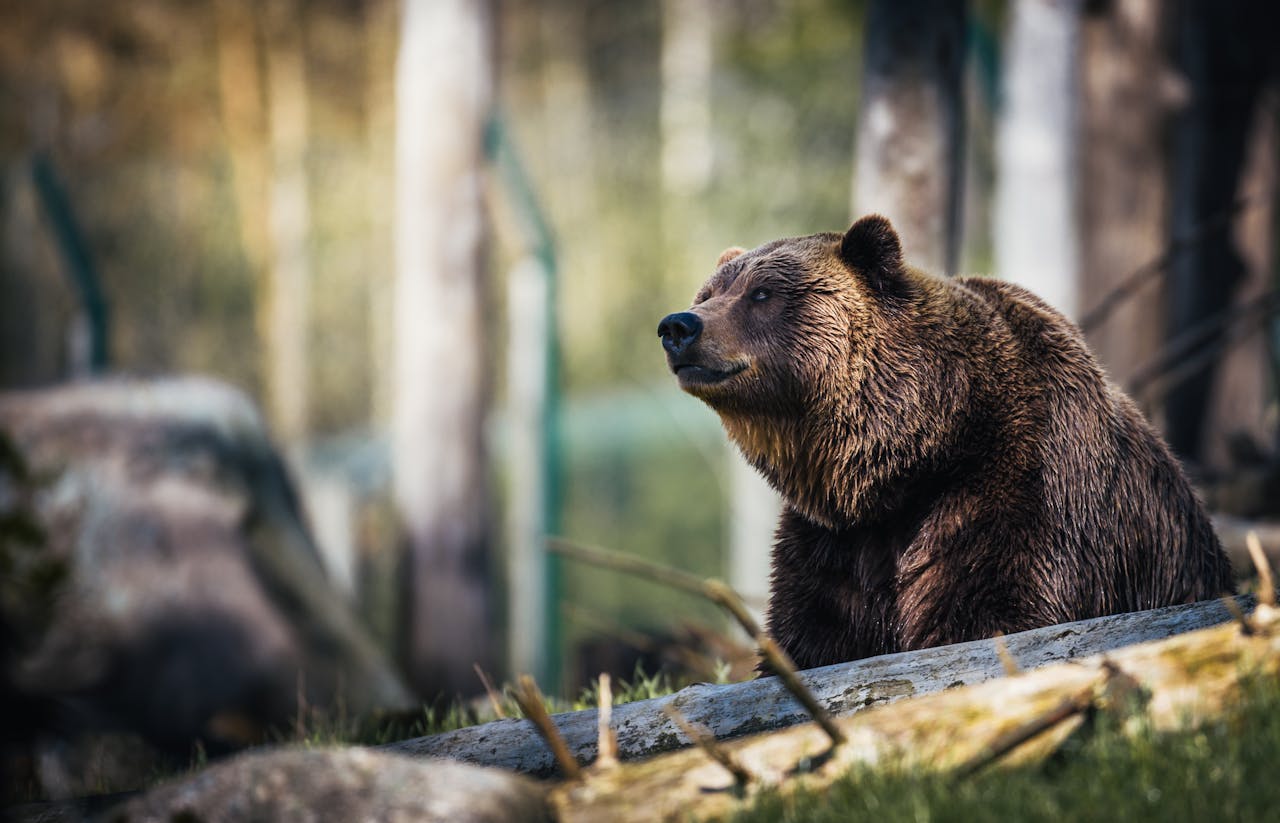
In the Great Smoky Mountains, the unwritten understanding is: if you’re going after sunrise or sunset, be extra quiet around wildlife and other early hikers. While I didn’t locate a park‐specific “locals’ code”, the widely shared “be respectful of wildlife and others” applies. Following this means stepping aside when others are admiring a bear or deer, keeping voices down, and letting nature take centre stage, it’s something seasoned visitors do without being asked.
12. Everglades National Park

In the Everglades, an unwritten rule often noted by seasoned explorers is: be prepared for remote conditions and don’t expect full amenities, and leave no trace you were deeper out. The principles (plan ahead, travel on durable surfaces, dispose of waste properly) apply here especially strongly in wilderness zones. Locals know the backcountry areas require special respect: no excess noise, no taking natural objects, and packing out everything, even in the dense, humid wilderness where decomposition happens slower. That respect keeps the Everglades wild.
This story 12 National Parks With Unwritten Codes Locals Follow was first published on Daily FETCH


